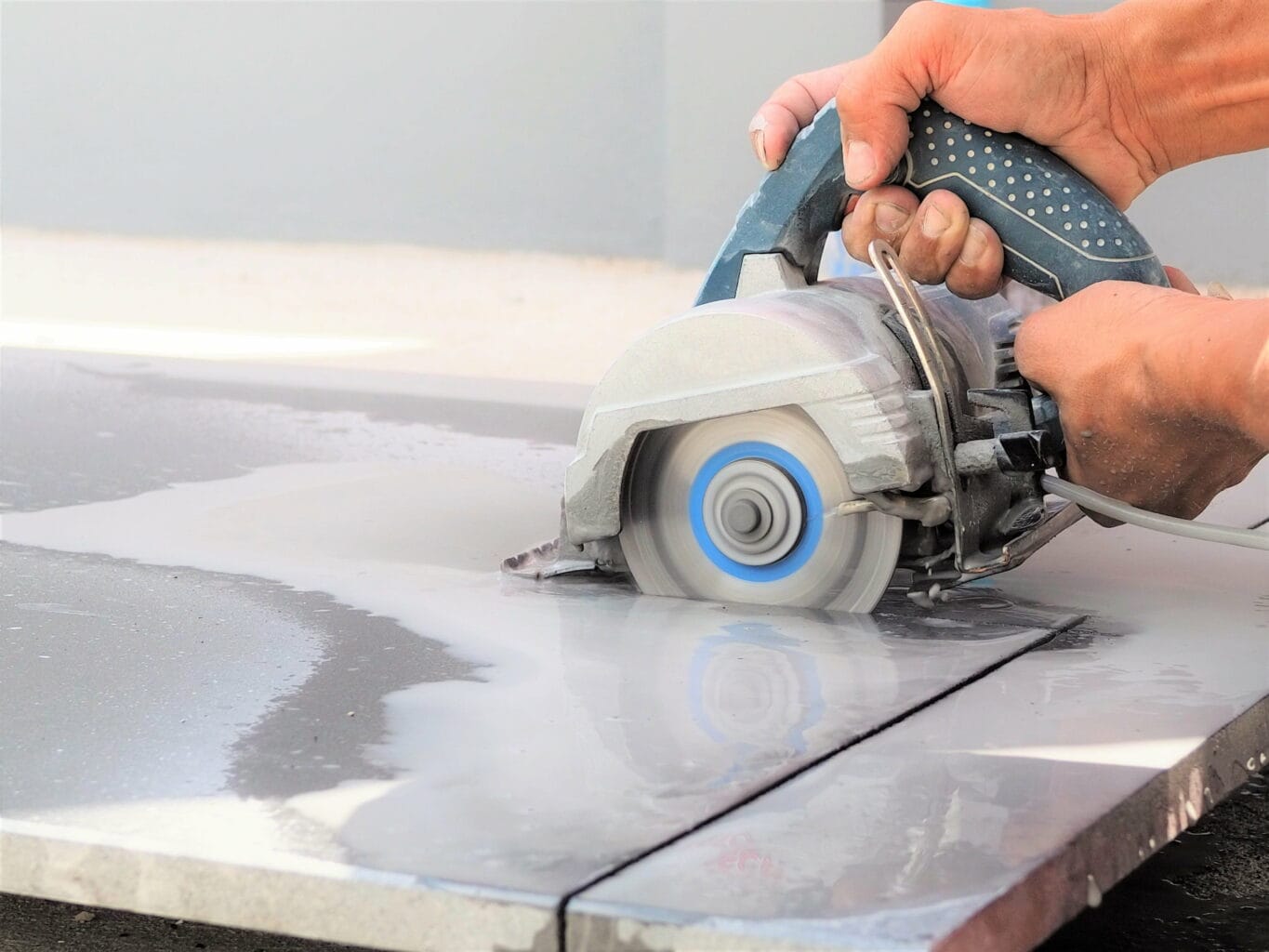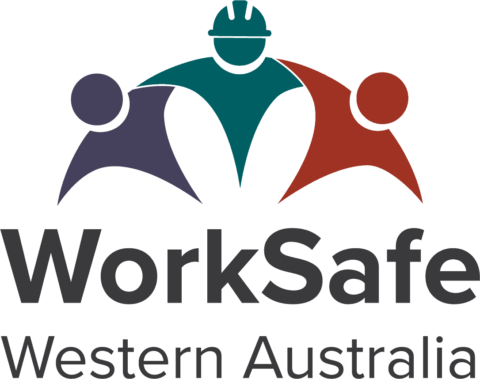The focus on dust disease is an ongoing commitment for WorkSafe.
From July 2018 to May 2021, WorkSafe ran a silica compliance project investigating exposure risks of respirable crystalline silica during fabrication and installation of engineered stone benchtops.
The project included 150 proactive inspections and involved significant compliance activities, with silica dust exposure data recorded across the engineered stone industry. As a result, 365 workers attended health monitoring, which identified 24 cases of silicosis.
With the release of the National Dust Disease Taskforce final report in June 2021 and subsequent All of Governments’ response in April 2022, WorkSafe formalised its dust strategy, which enables undertaken work to be reviewed and compared.
The purpose of the strategy is to continue WorkSafe’s drive to improve the management of hazardous dusts in the workplace and to protect workers from harm. To achieve this, the strategy identifies three dust hazard focus areas: asbestos; silica; and other dusts.
The strategy sets out key objectives that are guided by the strategic principles of awareness and education, compliance, and customer centric service. WorkSafe has committed to a range of activities within those key objectives.
| Key objectives | WorkSafe activities |
| Attaining high levels of PCBU and worker awareness of the associated health risks of the various dust hazards, and how to comply with the WHS law | Information and awareness programs |
| Attaining high levels of industry compliance with the applicable WHS laws | Inspection and enforcement activities |
| Ongoing collaboration with stakeholders to achieve the purpose | Stakeholder engagement activities |
| Improving capacity building within WorkSafe. | Inspector skill development Improved collaboration between WorkSafe industry teams and specialists Development of an improved submission process for health monitoring |
The strategy, which runs from 2023 through 2024, will include reporting at 12 and 24 months.
WorkSafe’s dust strategy is driven by its occupational health and hygiene specialists, asbestos specialists and occupational physicians, supported by the border inspectorate teams and educational team.


